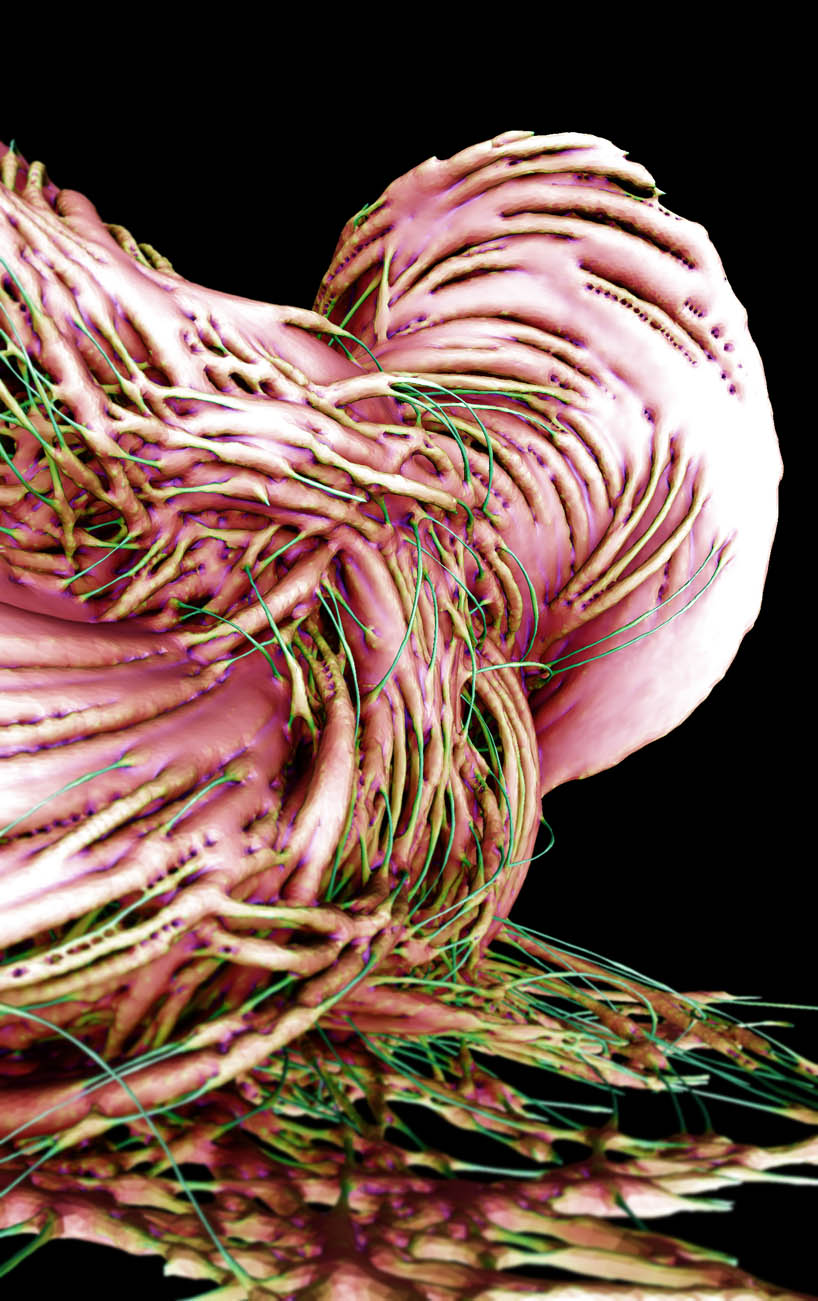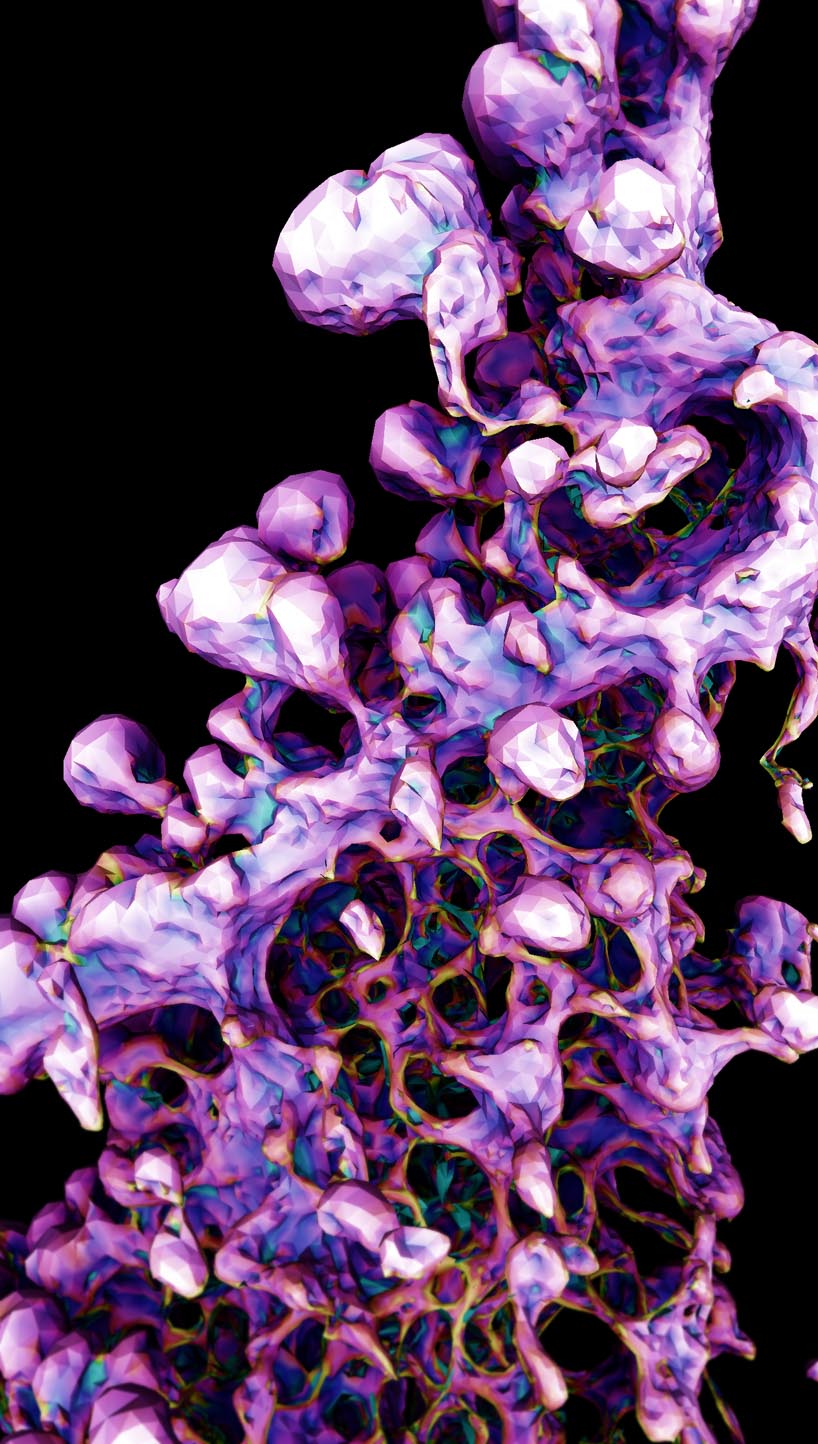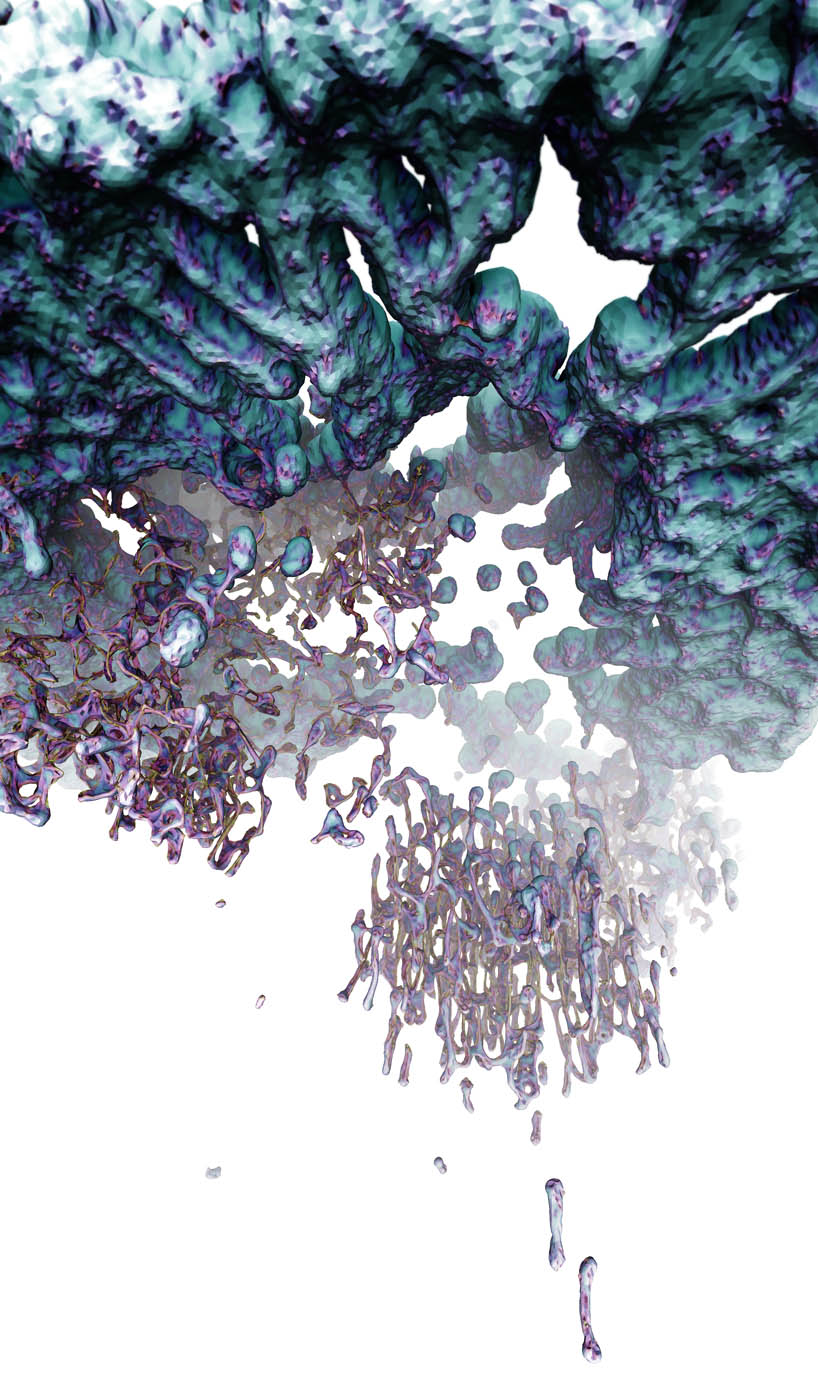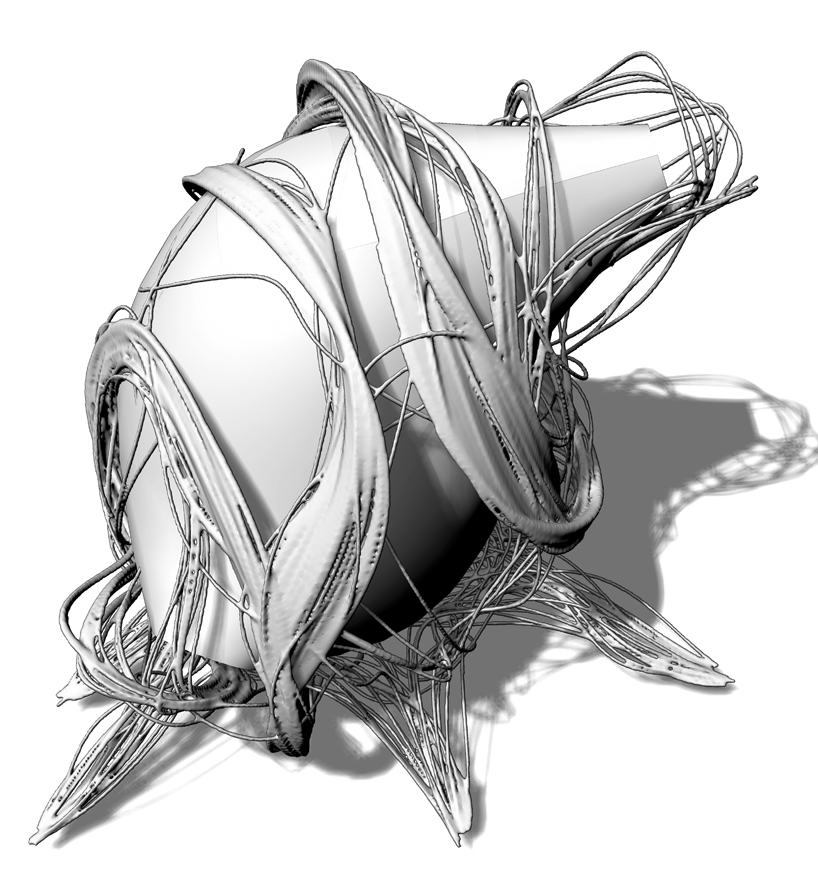
Geofacts by Gwyllim Jahn from australia
designer's own words:
The project proposes a series of prototypical sheltering objects that will be materialized using state of the art multi-material 3d printing technologies. The works exhibit topological diversity exploring canopies and cavernous geometries that force their observers to question their conceptual and material origins through their formal ambiguity, derived using sophisticated mesh analysis and generative programming techniques. In this way computational processes can mimic those that occur in nature (such as stretching, etching, billowing, collapsing, dividing, bundling…), developing material and formal effects that are simultaneously citizens of the natural and the artificial. This lack of allegiance leads to a political agenda, intended to spur debate in the same way that the ‘geofact’ confounds and divides the archeological community. In doing so the objects challenge a body of disciplinary assumptions concerning authorship, originality and the nature/culture schism in a shift towards an object-oriented ontology.
In order to engage with a world built on systems of increasing complexity these objects demand a consideration of what constitutes the natural and suggest that built form and infrastructural networks at many scales (environmental, urban, infrastructure, digital) can be considered ‘natural’ artifacts in the sense that they emerge from a complex set of human-initiated though increasingly non-human relationships. This hypothesis infers the possibilities of autonomous objects beyond human perception and raises a number of cultural and ethical questions that could be of significant interest to those involved in their creation. How might we engage with these systems as creative drivers? How might we curate their autonomy to contribute to the nature of cities? How might we look for emergent qualities that are outside of human (or more importantly: cultural) sensation?
When working with generative processes ‘originality’ is the rule and not the exception. But what is the value of originality and uniqueness? Do these terms in fact reside across a spectrum between the illusive, real object and its tangible qualities? The project draws on the emerging philosophies of speculative realism (Harman, Bennett) as a means for promoting the value of objects themselves in opposition to a thriving philosophical discourse prioritizing relational models over any notion of the ‘thing’ in itself (E.g. Schumacker, De Landa to give well known examples). In order to do so my shy objects politely request a turning away, a productive regress to a suspended disbelief in order to reveal a new set of sensual qualities and vitality.
Ambiguous flesh and motion in a design for a sheltering structure
The shedding ceiling-cavern
Generating a subtractive language of decay and erosion
The offspring-object, a shy copy of its defined parent